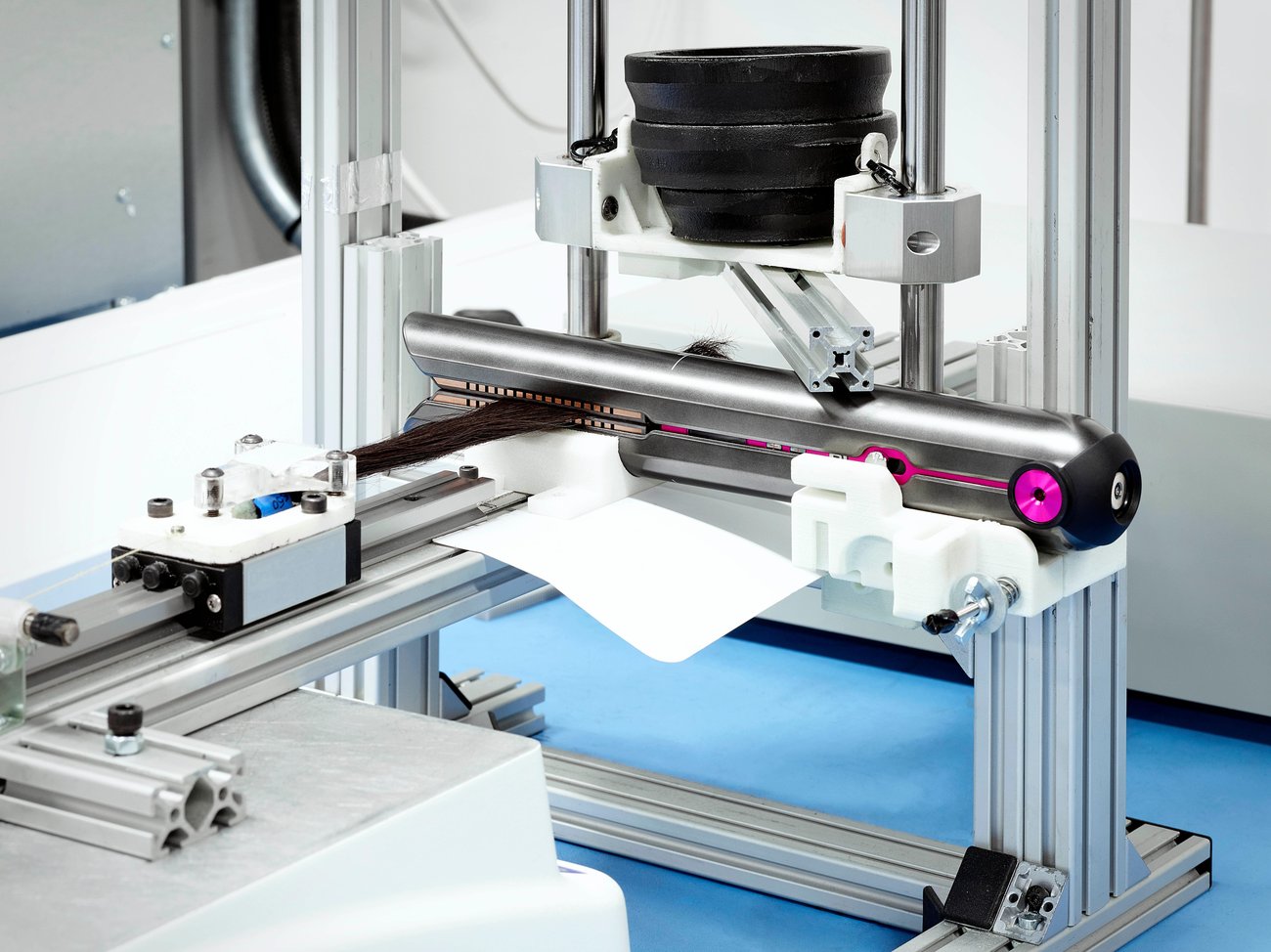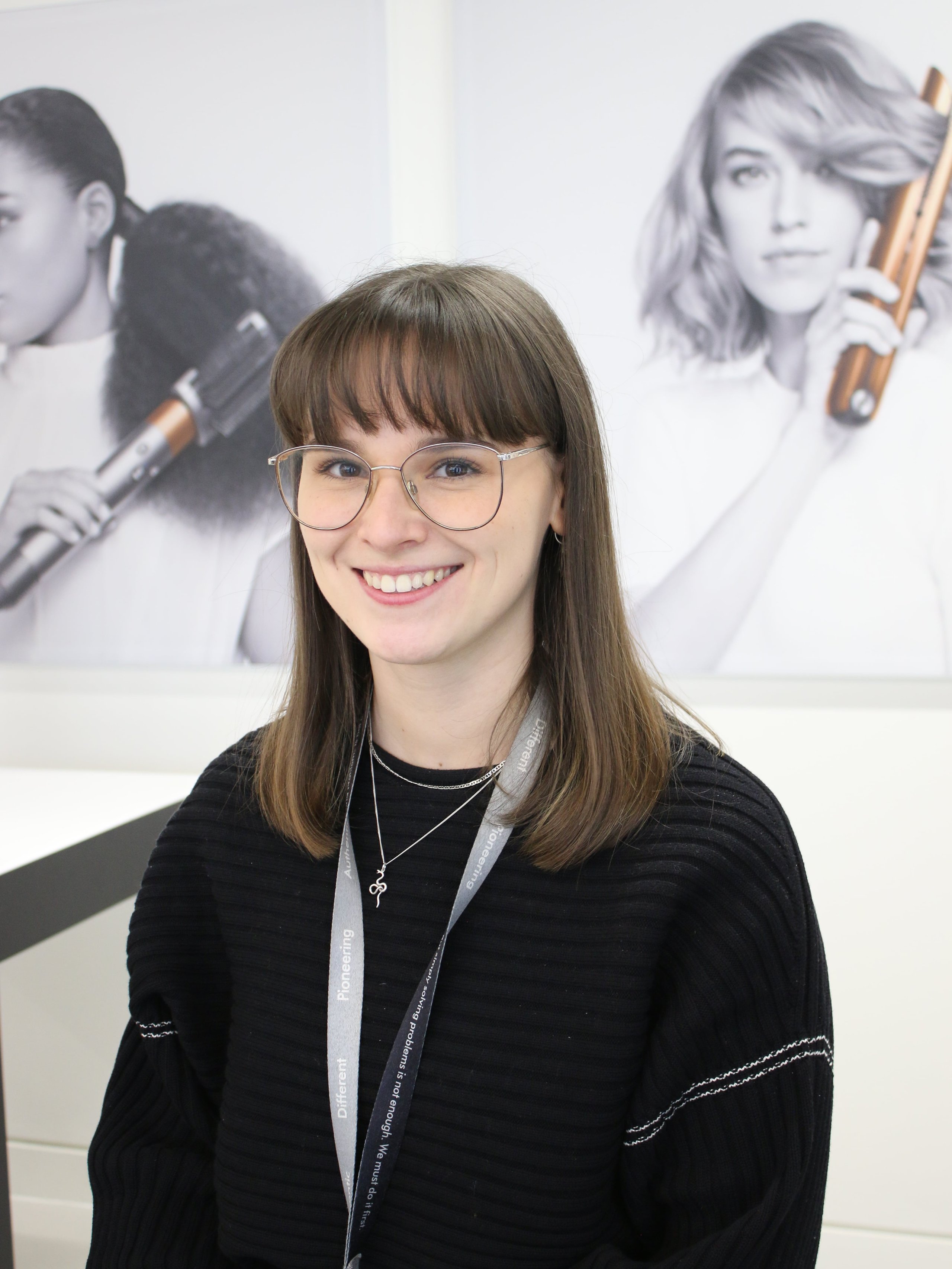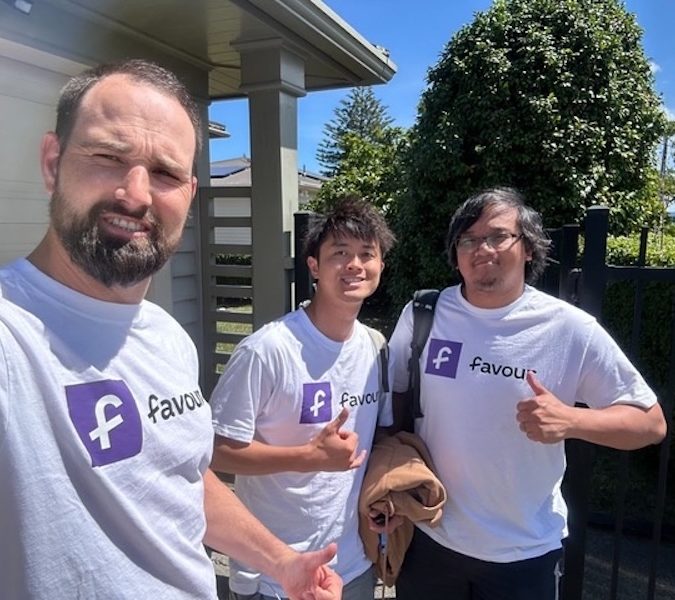
Following the news of a shortage of engineers across New Zealand, we sit down with Design and Development Engineer for Dyson, Dervla Braem on how to inspire a new generation to get into STEM.
Braem studied Mechatronics at Canterbury University to kickstart her career before moving to the UK to work for Dyson.
What inspired you to get into STEM?
My mum. She studied engineering, and at the time was the only woman in her course. Knowing she had been an engineer made it feel like it was an obvious option for me.
Being an engineer interested me because I have always wanted to find creative solutions to problems in the world around me. I am constantly thinking of how things could be made more efficient or designed differently and engineering allows me to combine my creative and technical skills to find solutions to these complex problems.
It is great to see a rise in initiatives encouraging women and girls to get involved with STEM activities and efforts to overcome the stereotype around engineering being an industry primarily for men.
We face a global shortfall of engineers, which will stall the innovation that might solve the global problems faced today. With that in mind, encouraging more women to engage with STEM subjects presents a great opportunity to kickstart innovation and a solution-focused mindset.
One example of a STEM-focused initiative is The James Dyson Award (JDA) which is run by the James Dyson Foundation. The JDA is an international design award for engineering and design students that celebrates, encourages, and inspires the next generation of engineers.
The brief is to ‘Design something that solves a problem’ and winners can receive up to $57,000NZD to invest in their invention, which supports the winning students to go on and commercialise their designs. The award gives young inventors media exposure, financial support and the confidence to persevere with their invention.
Read more: More support required for young women to feel confident in STEM subjects
What are the challenges specifically for women – with fewer again studying/getting into the industry?
In engineering, many women struggle with feelings of imposter syndrome. Feeling like you are competing, and don’t belong in an industry that is male dominated, is one of the biggest hurdles to overcome. You need to be able to back yourself and believe in the value that you as an individual can bring to the table.
Engineering is a very creative and collaborative industry and one that requires a diverse range of skills, ideas, and experiences to create unique solutions.
The future will be shaped by engineers, and the world needs more diverse talent entering the field to create better technologies and drive change.
At Dyson, we recognise that our teams are stronger, and our products and technologies are better when they are developed with input from a diverse range of people. Great minds don’t think alike, and it takes all kinds of people to create high performing technologies and pioneering new products.

Why are Kiwis at an advantage when it comes to our perspective and how does that translate into design and engineering?
Kiwis are known for their can-do attitude and ingenuity, resulting in people who are happy to dive headfirst into a problem and worry about the technicalities later. I think that this allows us to break out of the box and find unique, outstanding solutions.
Last year we had two young Kiwi women show this ingenuity and make it into the James Dyson Award’s International Top 20 shortlist. Jillian Miller was a Kiwi runner-up for her design ‘Somnum’ – a range of pet-friendly anaesthesia equipment, and Sarah Lakomy was national winner, with her medical bassinet invention, ‘Hatch’.
This is an incredible achievement on the global stage and highlights the success of STEM initiatives generated within New Zealand. This is a great display of Kiwi innovation and is an inspiration for women to get involved and generate solutions to global problems.
How can we inspire a new generation of Kiwis to get involved in STEM?
Education and exposure to STEM is an important first step in inspiring the next generation to get involved in these subjects, which are vital for future innovation and development.
We need to create a culture where men and women feel equally confident to share ideas, and where even the quietest voices are given a platform to succeed. A diverse perspective is essential to engineering great products and especially welcomed at Dyson; we need to be able to have a strong insight and empathise with the users’ needs to create useful solutions for different demographics.
At Dyson, we also have an employee-led Women in Engineering group. It’s a supportive group of women engineers, designed to empower one another in the workplace. We regularly run workshops and meetings, which help us identify skills to work on that we know we can benefit from as a group.
The James Dyson Foundation is James Dyson’s charitable arm, whose mission is to inspire the next generation of engineers and scientists, through hands-on learning and experimentation. Bright young minds shouldn’t miss out on an engineering career, so educating young students about what STEM is, what it involves and encouraging diversity within the profession is of utmost importance.




